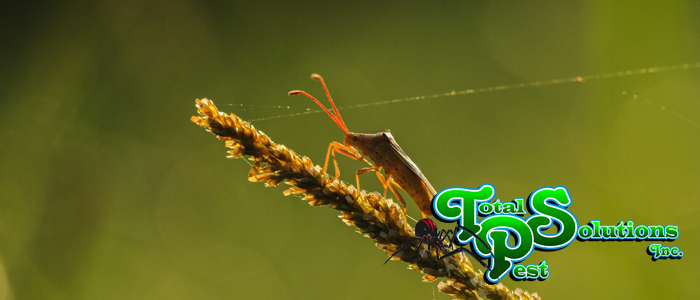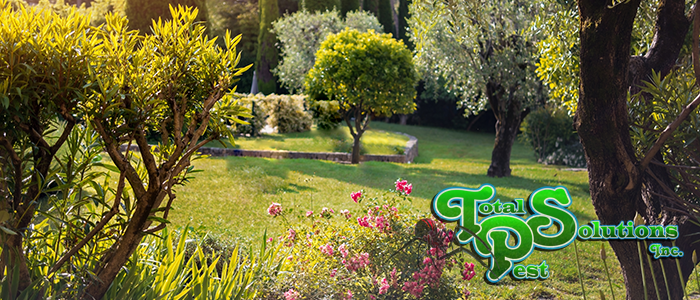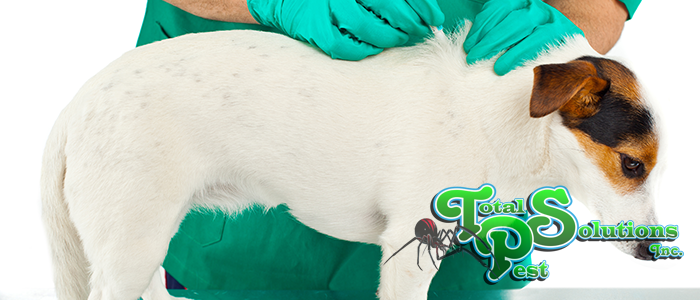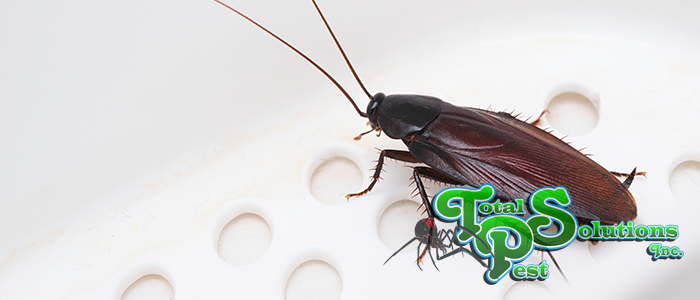
How to Manage Chinch Bugs
It seems like the list of pests that occupy our lawns and homes is always growing. Have you ever heard of a chinch bug? Not many people have, but they affect a lot of lawns without people realizing it. If you’ve ever seen tiny little black bugs in your grass, it might be a chinch bug! These creatures love the grass in Polk County. If you’ve never heard of chinch bugs, there’s a good chance you don’t know what to look for. This article will tell you what chinch bugs are, how to get rid of them, and how to keep them away.
What are Chinch Bugs?
Chinch bugs are particularly tiny true bugs. This means they have sucking mouthparts rather than biting mandibles. They are common lawn and garden pests all over North America. When we say tiny, we mean it – An adult chinch bug is about the size of FDR’s ear on a dime. You might mistake them for fleas, but they don’t tend to jump. Some of them are prone to flying, though. Chinch bugs create damage that looks a lot like drought damage. This is because their feeding works a bit like a drought. Chinch bugs inject poison into your grass that stops the movement of water through the plant. They then feed on the sugary juices left behind.
How to Find Them
If you’ve had decent rain but still see brown patches, whip out the magnifying glass and take a look. Chinch bugs are reddish-brown to black bugs with two perky antennae sticking out the front. Some have a mottled white back, and their heads are triangular. They’re a bit like miniature Jadera bugs. Look for patchy, especially dark yellow to brown patches of grass where they’re at work. You can also use a “float test.” Take a thick tube of PVC or a coffee can with an open bottom (try a can opener!) and shove it into your lawn. Three inches should do. Now, fill it most of the way full of water. Let it sit for ten minutes and give it a good stir. If you have chinch bugs, they’ll float to the top.
How to Kill and Prevent Them
Prevention is the best medicine. Chinch bugs like it hot and dry, so ensure your lawn is getting all the water it needs. An inch per week is usually enough to keep them discouraged. Chinch bugs also rely on thatch for shelter and housing, so dethatching your lawn can go a long way. This is also an important step if you intend to use pesticides, as it ensures the spray penetrates down to the soil.
If you’re using chemicals, look for bifenthrin, carbaryl, or trichlorfon (which is so harsh you should use it only in severe cases). Once you’ve managed your infestation – Or even if you haven’t – Consider sprinkling diatomaceous earth where the infestation is. These tiny ground-up seashells cut bugs to ribbons when they walk on them and help thin out their numbers. Besides being sharp, DE is a desiccating substance, which dries them out without harming plants or pets.
In Closing
For seriously bad infestations, give us a call. It’s easy for a chinch bug infestation to spread and kill an entire lawn, so if a brown spot doesn’t go away, rely on the pros. We’ve been doing both lawn care and pest control in Polk County for a long time, and we’d love to help you, too.
continue reading
Related Posts
The Importance of Scheduling Regular Lawn Care Services for a […]
The Ultimate Guide to Spotting and Eliminating Flea Infestations in […]
The Menace of Cockroach Infestations in Lake Alfred Homes Cockroach […]






